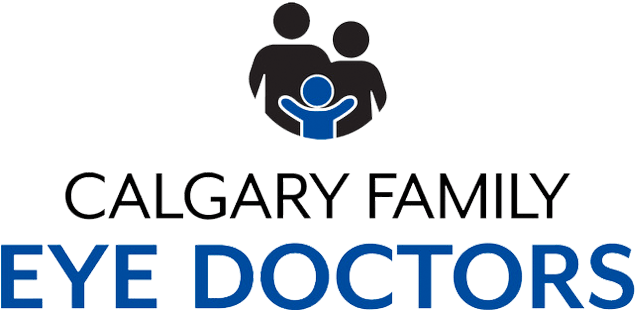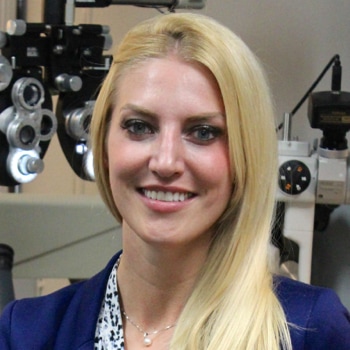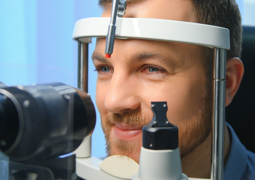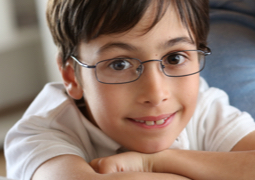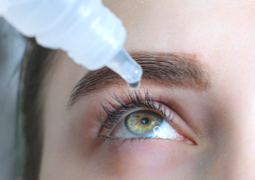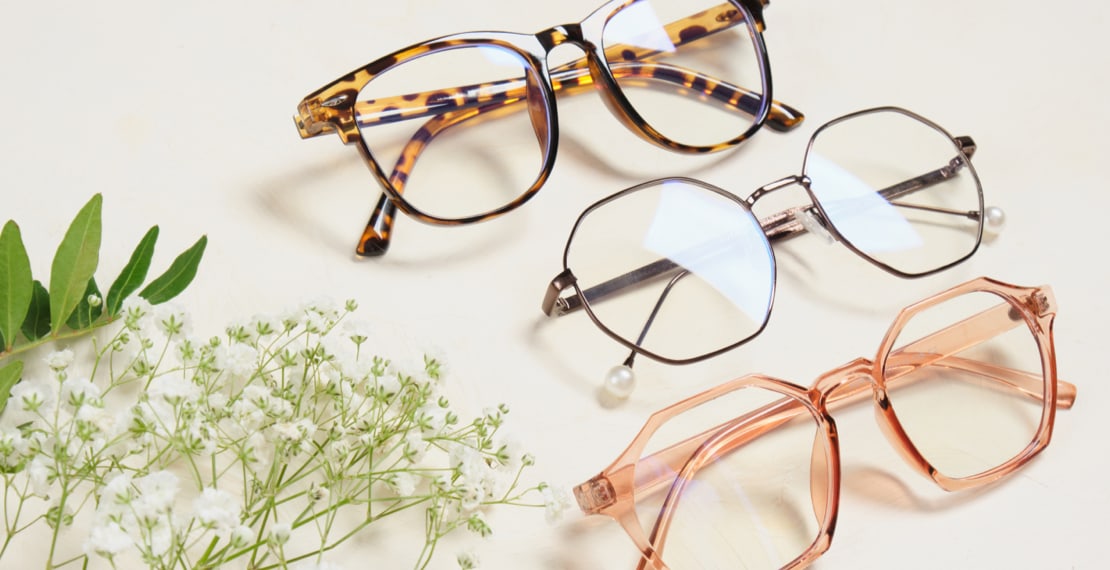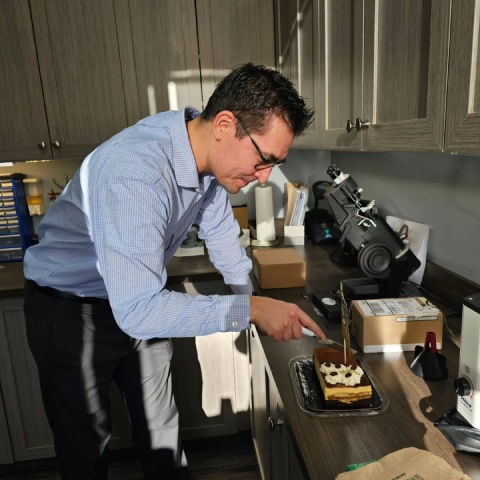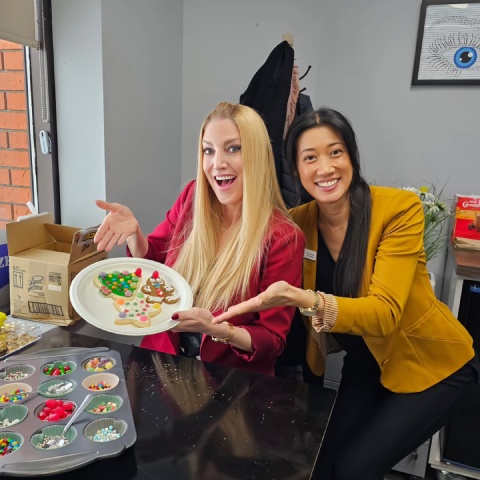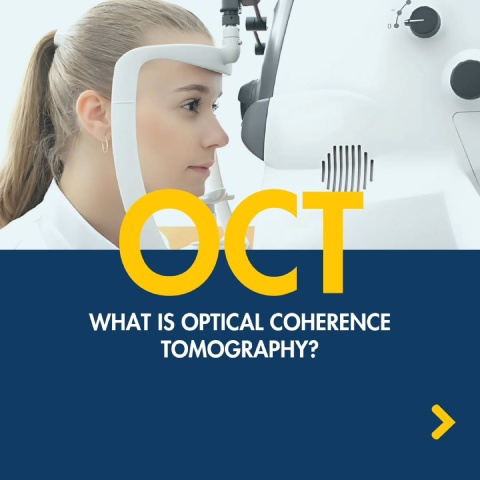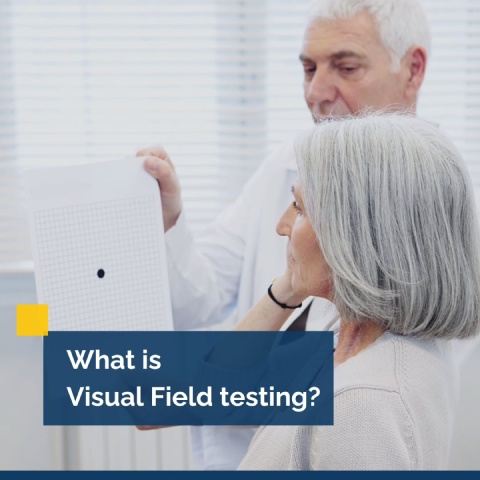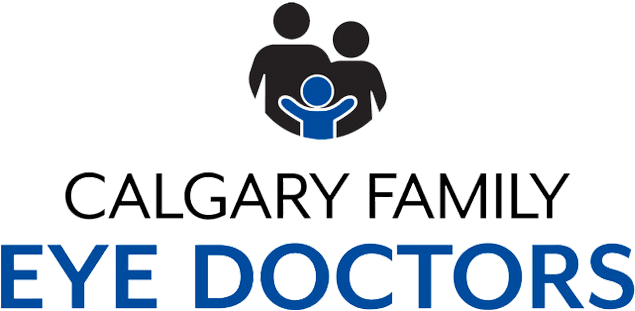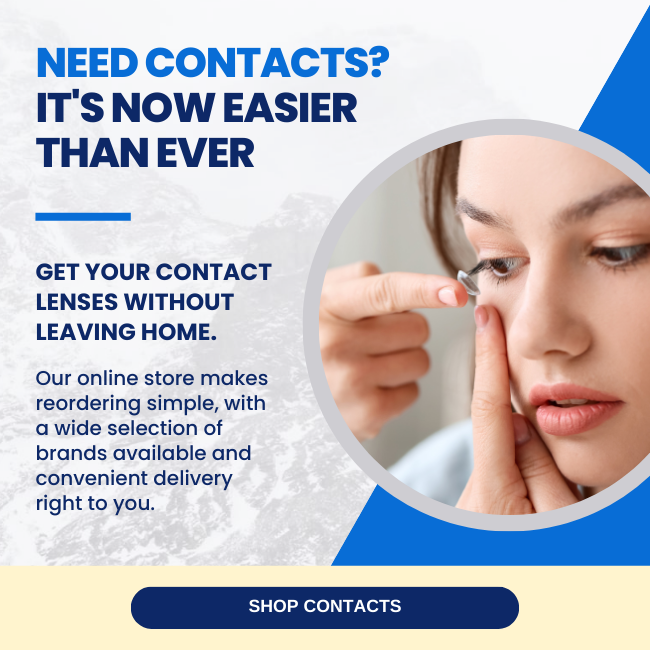If you or your child has recently been diagnosed with myopia, you may be wondering if there’s a way to reverse it, or if you’re stuck with it for life. With myopia becoming increasingly common in children, you might be one of the many people needing answers.
While there’s no cure to reverse the physical changes that cause myopia, there are effective ways to manage it. The good news: early intervention can help slow its progression and protect long-term vision, especially in children.
What You Need to Know about Myopia
Myopia is a refractive error, meaning that it results from the shape of the eye focusing light incorrectly. In those with myopia, the eyeball is too long or the cornea is too curved. This causes the eye to focus light in front of the retina, a layer of tissue at the back of the eye that transmits vision signals to the brain, rather than directly onto it. The result is blurry vision for objects at a distance.
In the past, myopia was managed by correcting vision with glasses or contact lenses. These corrective measures help focus light properly, giving the wearer clear vision. However, in recent years, there has been growing interest in understanding myopia and finding ways to manage it beyond just correcting vision with eyewear.
Can Myopia Be Reversed?
Unfortunately, there is no way to reverse myopia once it develops. The changes in the eye that lead to myopia are permanent.
Fortunately, there are still a number of treatment options available. While these treatments don’t actually reverse the condition, they can correct vision and help prevent it from getting worse—especially in young children, who are at the highest risk of myopia progression.
Myopia Control Methods
Myopia Control Glasses
Myopia control glasses, such as MyoCare or MiyoSmart lenses, are specially designed to help slow the progression of myopia, particularly in children. Unlike standard prescription glasses that only correct blurred distance vision, these lenses are engineered to slow myopia progression.
By creating specific focus zones, myopia control glasses help reduce the stimulus that leads to eye elongation—a primary cause of worsening myopia. This makes them a convenient, non-invasive option for children who may not be ready for contact lenses or eye drops.
While they don’t reverse myopia, these glasses can play an important role in a comprehensive myopia management plan by helping to slow down its progression over time.
Myopia Control Contact Lenses
Contact lens technology has led to the development of lenses like MiSight, which are designed to slow myopia progression. These lenses differ from traditional corrective lenses in that they focus light in a way that slows elongation of the eyeball—a key factor in myopia progression.
The key advantage of these myopia control contact lenses is that they address the root cause of myopia—the elongation of the eyeball—rather than simply correcting vision.
Atropine Eye Drops
Atropine eye drops have traditionally been used to dilate the eyes during eye exams. However, studies have shown that low-dose atropine eye drops can be effective in slowing the progression of myopia in children.
These drops are typically used daily before bed. While the exact mechanism of their function is still unclear, it’s thought that they work by relaxing the muscles around the eye.
Although atropine drops won’t reverse myopia, they can help control its progression and prevent it from worsening over time. They are typically used in combination with other myopia control strategies.
Lifestyle Changes & Vision Therapy
There is increasing evidence that certain lifestyle changes can help reduce the risk of developing or worsening myopia.
Spending more time outdoors, for instance, has been shown to be beneficial for eye health. Natural light exposure is also believed to play a role in slowing myopia progression. The more time children spend outdoors, the less likely they are to develop myopia.
In addition to outdoor activity, some people benefit from vision therapy, which involves a series of exercises designed to strengthen eye muscles and improve focus. While vision therapy doesn’t reverse myopia, it may help manage certain visual problems associated with the condition.
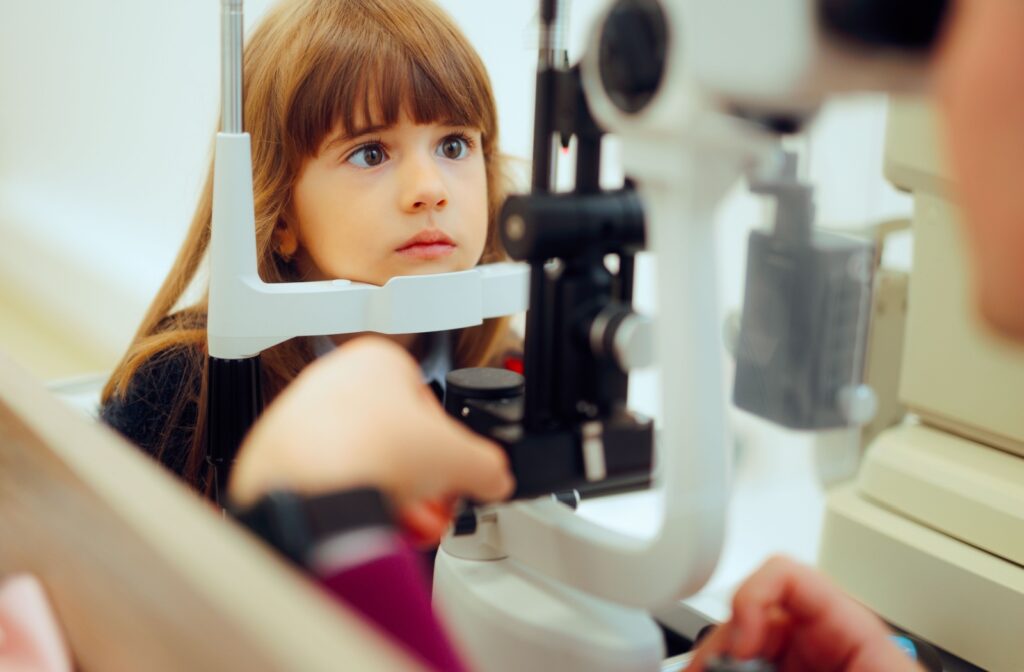
How to Lower the Risk of Worsening Myopia
While myopia can’t truly be prevented, there are ways to reduce the risk of children developing the condition. As mentioned above, spending time outdoors and limiting the amount of time spent on close-up activities, such as reading or using digital devices, can help lower the risk.
Even if myopia can’t be reversed, it’s essential to monitor its progression regularly. Routine eye exams are important for catching any changes in vision early on. Early intervention can support myopia management and help prevent complications later in life.
Protecting Your Vision Starts Early
While myopia can’t be reversed, there are proven strategies to help manage its progression, especially when caught early. Whether it’s through myopia control glasses, myopia control contacts, atropine drops, or simple lifestyle changes, there are options available to help protect your or your child’s vision.
If you’ve noticed signs of blurry distance vision or have questions about myopia management, we’re here to help. Book an eye exam with Calgary Family Eye Doctors to explore your options and take a proactive step toward clearer, healthier vision.
